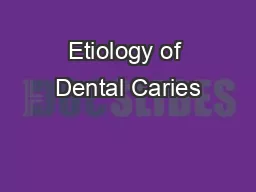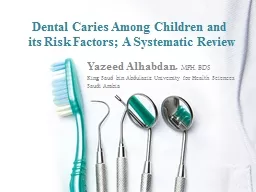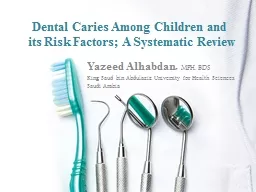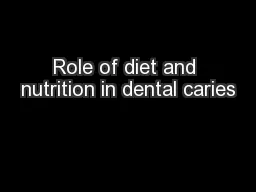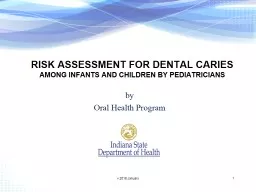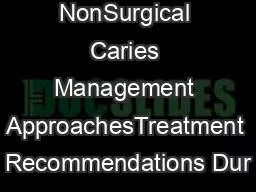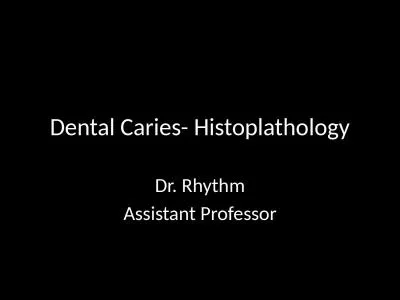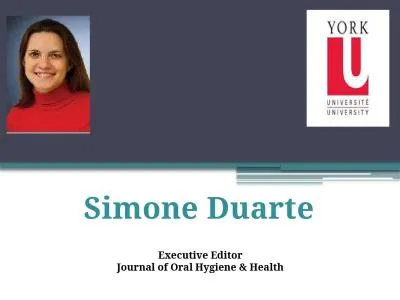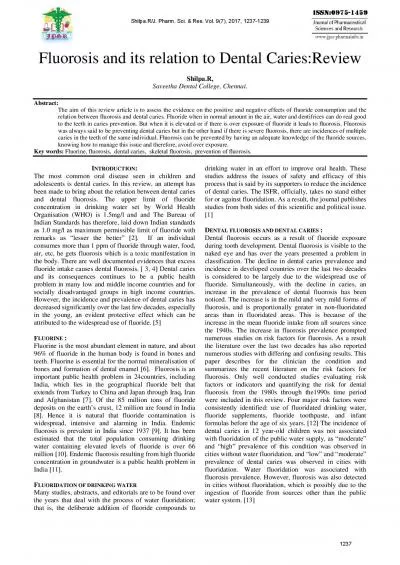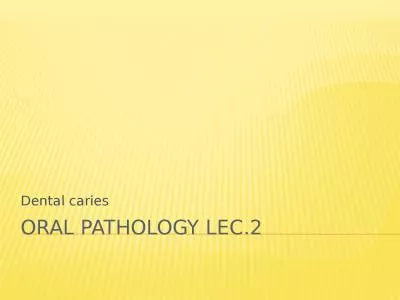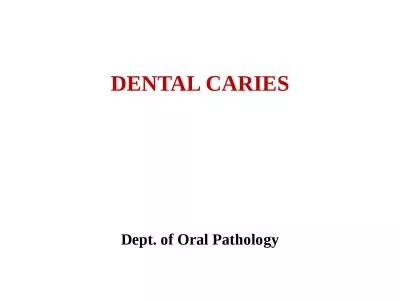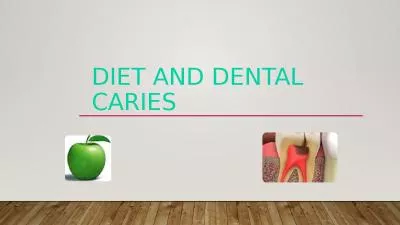PPT-Etiology of Dental Caries
Author : cheryl-pisano | Published Date : 2016-02-28
DrRai Tariq Masood Early Theories Worm Theory Humour Theory Parasitic Theory Vital Theory Chemical Theory Chemoparasitic Theory Proteolytic Theory Proteolysis Chelation
Presentation Embed Code
Download Presentation
Download Presentation The PPT/PDF document "Etiology of Dental Caries" is the property of its rightful owner. Permission is granted to download and print the materials on this website for personal, non-commercial use only, and to display it on your personal computer provided you do not modify the materials and that you retain all copyright notices contained in the materials. By downloading content from our website, you accept the terms of this agreement.
Etiology of Dental Caries: Transcript
Download Rules Of Document
"Etiology of Dental Caries"The content belongs to its owner. You may download and print it for personal use, without modification, and keep all copyright notices. By downloading, you agree to these terms.
Related Documents

